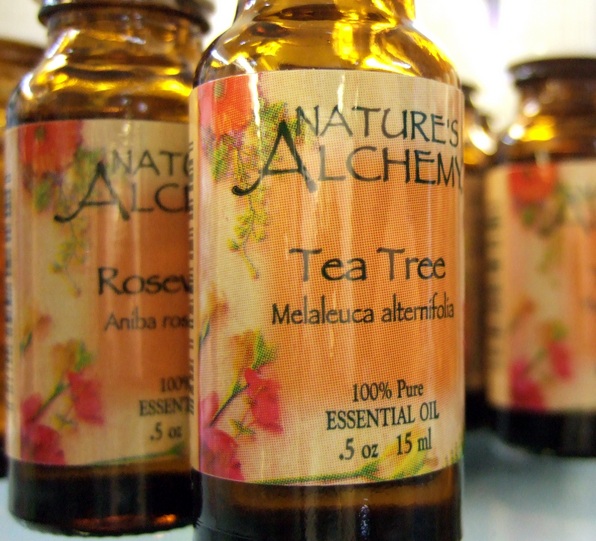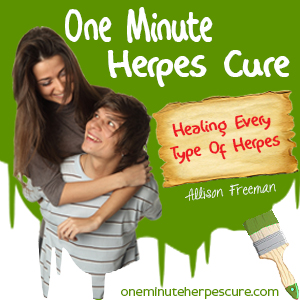In Italy, utilizing tea tree oil for yeast infection is commonplace. Tea tree oil will indeed help you with your yeast infection, however by itself, it probably won’t be the natural and holistic solution you’re searching for. Tea tree oil only provides surface relief and does not treat internally.
Be forewarned when using tea tree oil for yeast infection, it is vital to first dilute the oil prior to applying it on the infected area. Undiluted tea tree oil is very potent and can cause inflammation on the area of application. You can dilute it by using a couple of drops in approximately a teaspoon of either olive oil or sweet almond oil.

What makes tea tree oil partially effective for yeast infection is the fact that the oil possesses anti-fungal properties which help to control the yeast infection, as well as alleviating its most persistent symptom: severe itching and fishy odor.
Tea Tree Oil is Part of the Yeast Infection Treatment
As mentioned previously, utilizing tea tree oil for yeast infection is not going to provide you with total freedom of yeast infection. You still need to consider the internal part of the infection as well.
For example, you must take into account factors such as ‘antibiotic use.’ It can disturb the balance of natural flora and can cause an over growth of yeast. So you might want to avoid antibiotics. Consult your physician on how you can avoid antibiotics and use tea tree oil at the same time.
Another factor is your diet, it’s common knowledge that yeast thrives on sweets and sugar. A diet high in sugar will trigger the overgrowth of yeast in your body. If your yeast infection is severe and persistent, you have no choice but to remove all refined sugars from your diet, that step alone might make it possible to clear up the infection.
Bottom line, tea tree oil for yeast infection can only be partially effective. We suggest you use it in conjunction with a holistic approach to effectively rid yourself of your yeast infection. More about yeast infection posted here.
External sources: About.com and Cancer.org








 Saving...
Saving...
Latest Comments